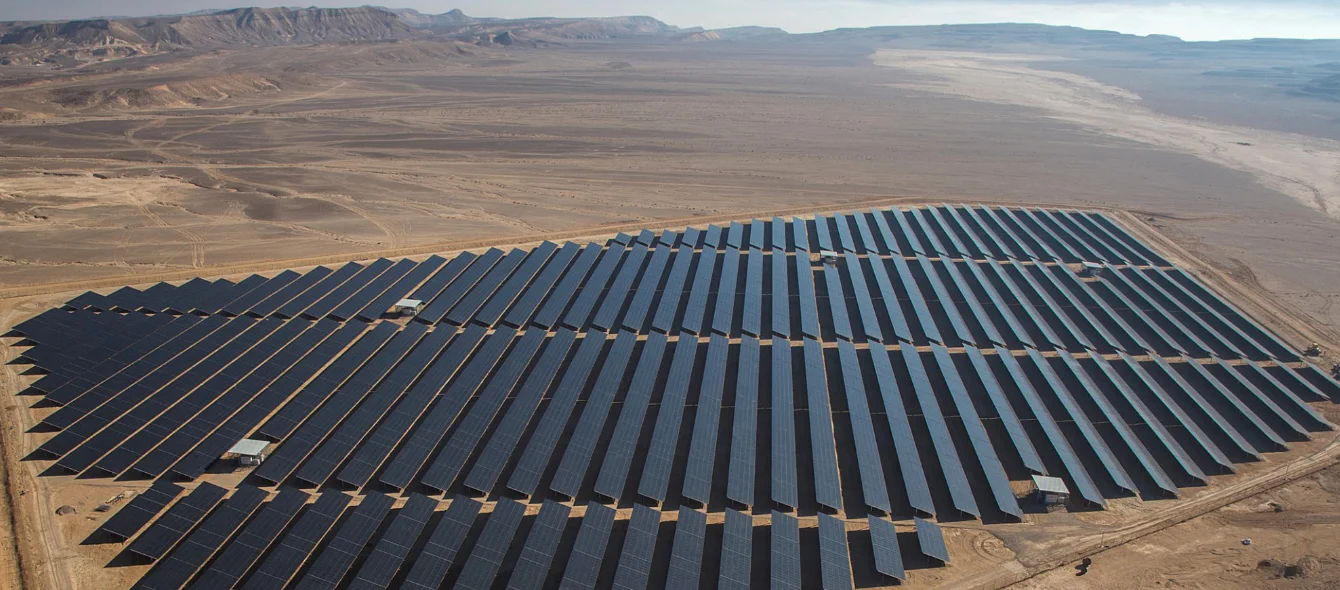Australia’s renewable energy sector had a bumper year in 2019, breaking records for new installations and power generation. Significantly, the sector achieved the Renewable Energy Target set in 2001, to supply 33,000 GWh of new renewable energy by 2020, a full year ahead of schedule. Last year, renewable electricity generation reached 55.093 TWh, accounting for 24% of Australia’s total electricity generation, up 2.7 percentage points from 2018., according to the Clean Energy Council.
With the pipeline of renewable energy projects under construction and financially committed to running at over 11 GW, 2020 could see even 2019’s records tumble.
New horizons
So far, renewable energy used in Australia comes mainly from hydro, solar and wind. And, while wind is the biggest contributor of the three, wind power is generated exclusively onshore. However, the renewables sector is now venturing into offshore wind and exploring the export of low carbon electricity and renewable hydrogen, both concepts which would require large increases in renewable energy generation.
Offshore wind could underpin these ambitions, provide a solution to sporadic gas scarcity in the southeast of the country and facilitate the closure of old coal plants to reduce the country’s greenhouse gas emissions. To date, offshore wind remains one of Australia’s largest unexploited natural resources.
Renewable energy generation in Australia (2019)
% of total generation (Source: IEA)Renewable growth
The country is no stranger to renewable energy. Onshore wind capacity has grown from less than 1 GW of capacity in 2006 to 6.279 GW in 2019. Last year, Australia brought online a record 837 MW of new wind turbines across eight farms. For the first time, wind became Australia’s leading source of renewable power overtaking hydropower, with renewables, all in, providing a record 24% of the country’s electricity.
Now, a new project, the Star of the South, promises to take Australian wind offshore. Subsea investigations started in March for the AU$8-$10 billion project, which would comprise 2.2 GW of generating capacity. If approved, it will be sited 10 kilometres offshore in shallow waters off the south coast of Gippsland in the state of Victoria. Transmission cables will link it into the grid via the Latrobe Valley, the traditional home of Victoria’s brown coal industry. However, the project could be the start of much more. Australia’s offshore wind potential is huge, not just in absolute terms but relative to the population and thus domestic electricity demand.
The International Energy Agency (IEA), in its Offshore Wind Outlook 2019, published in November, estimated Australia’s total technical offshore wind potential at 16,132 TWh/yr. This is 44% of its estimate for the whole of the EU (including the UK), and a staggering 70 times Australia’s total power generation in 2019. The technical potential for near shore development in shallow waters – both factors which reduce costs – is estimated by the IEA to be 4,093 TWh/yr, about 18 times Australia’s 2019 generation levels.
The timing also looks good. Australia would be jumping into the sector just as new investment is needed post-Covid-19, and after a period of substantial advance in Northern Europe, which has seen costs plummet. According to Bloomberg New Energy Finance, the cost of new offshore wind projects fell 32% in 2019 alone and are now being contracted on a zero subsidy basis or at rates below US$50/MWh, making offshore wind competitive with new build fossil-fired generation plants. Australia would also be able to take advantage of a growing Asian offshore wind supply chain as countries like China, Taiwan and Japan ramp up their offshore wind capacities. Moreover, some 85% of Australia’s population live within 50 miles of the coast, making offshore wind ideally suited to meeting electricity demand.
Grid strengthening
Offshore wind, like any energy source, poses challenges such as the need to make available grid connections and strengthen transmission links. In its 2020 Clean Energy Australia Report, the Clean Energy Council cited grid congestion, erratic transmission loss factors and system strength issues as “considerable headaches” for renewable energy developers.
But here too progress is being made. In addition to planned new transmission lines, 15 utility-scale battery storage projects started construction last year. New South Wales also decided in April to fast-track the Snowy 2.0 pumped hydro power project as part of post-Covid-19 plans to jumpstart the New South Wales economy. This project, the developers say, would be able to deliver 2GW of on-demand generation and up to 175 hours of storage.
Meanwhile, Tasmania’s hydro storage potential could be tapped via a project known as the Battery of the Nation. Although at an early stage, this would comprise construction of 2.5 GW of pumped hydro storage in Tasmania linked to the mainland by a 1.5 GW power line. These and other storage projects would provide a perfect complement to increased but variable power generation from offshore wind.
Renewable energy penetration by state (2019)
Source: IEAGreen export options
Already project developers are looking at ways of monetising what could be a significant surplus of green energy based on Australia’s renewable energy resources. The Northern Territory is home to a huge AU$20 billion, 10 GW solar project with 20-30 GWh of storage, the world’s largest solar farm under construction. It would send its electricity to Singapore and Darwin via a proposed 4,500km transmission network.
Meanwhile, the Council of Australian Governments (COAG) Energy Council in November launched a National Hydrogen Strategy, while both South Australia and Western Australia have initiated their own hydrogen plans. Hydrogen can be produced via electrolysis using surplus renewable electricity or by steam reforming natural gas, a process which can be decarbonised with carbon capture and storage.
The COAG estimates hydrogen exports could be worth up to AU$26 billion by 2050, helping to offset any decline in Australia’s traditional exports as the world shifts away from fossil fuels to address climate change.
Photo credit: © innogy SE
